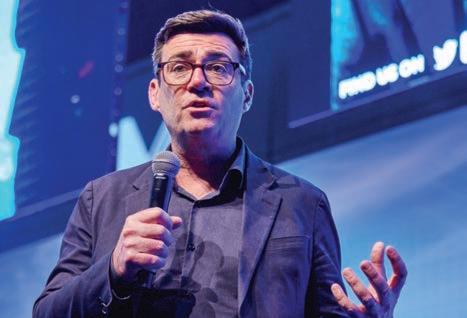
1 minute read
As businesses look to elevate and optimise digital transformation plans, prioritisation remains a hot topic, with companies keen to know how to stay at the forefront of the latest technology while remaining true to business strategy. Many leaders cautioned against rushing towards a solution, without actually having a true customer problem in mind.
This mindset was echoed throughout the show, with Adam Platt, CTO at Sykes Cottages, revealing on a keynote panel that his company had thrived through the employment of a ‘tribe structure’ by dedicating unique resources to specific areas of the business that allowed them to ‘focus and prioritise’ in a more effective way.
Johan Jegarajan, CTO of PwC also emphasised that every part of an organisation must be underpinned by tech today, and that “the discussion is less about how a budget works, and more about the need for a budget to be digitally-led.”
Advertisement
The push to become cost-effective is being seen across many areas of the tech stack. In a panel on cyber security spending, Samantha Humphries, Head of Security Strategy EMEA at Exabeam, pointed out that the old attitude towards cybersafety is that “something usually has to go wrong so something can go right” - meaning it takes a breach before any budget can be allocated to security. Now, it feels like that is beginning to change. A huge number of visitors were in attendance to heed the advice -
“The people and the companies in this room are offering the opportunity for the next generation to come through,” he told the audience, reflecting on how companies should continue to utilise smarter ways of working to maximise productivity whilst never being afraid to push the limits and try new things.
“There is a significant shift in how we position the workforce at the moment, whether in sport or work, things are completely different when you look at the needs of staff,” Matt explained. He also added: “The best coach I played under told me it’s ok to make a mistake - just don’t make the same mistake twice,” explaining that working out what your strengths and weaknesses are can take a while but “if you don’t make mistakes, you’re not testing the boundaries.”










